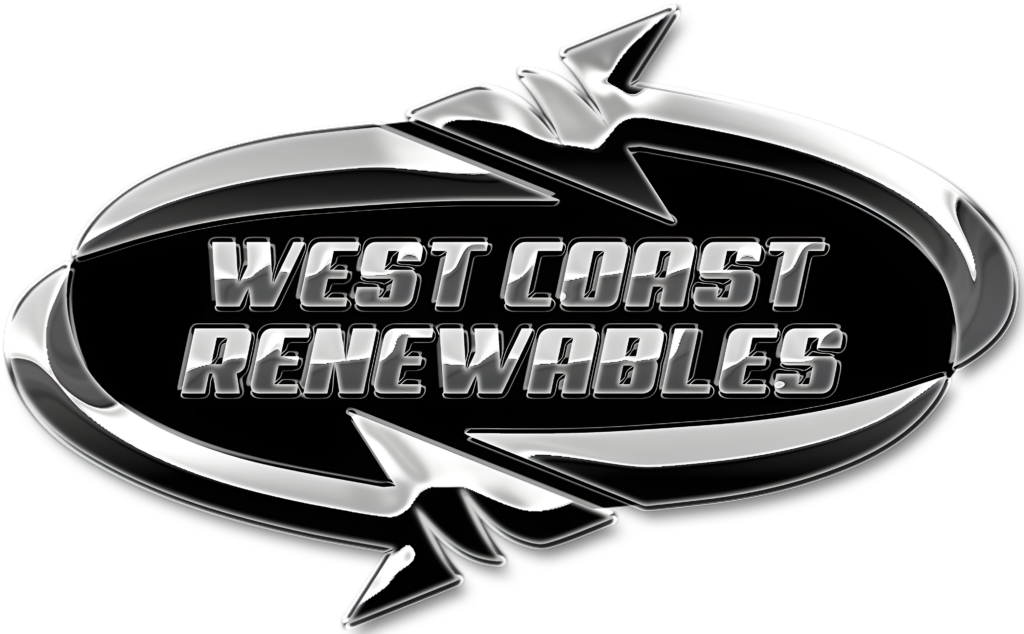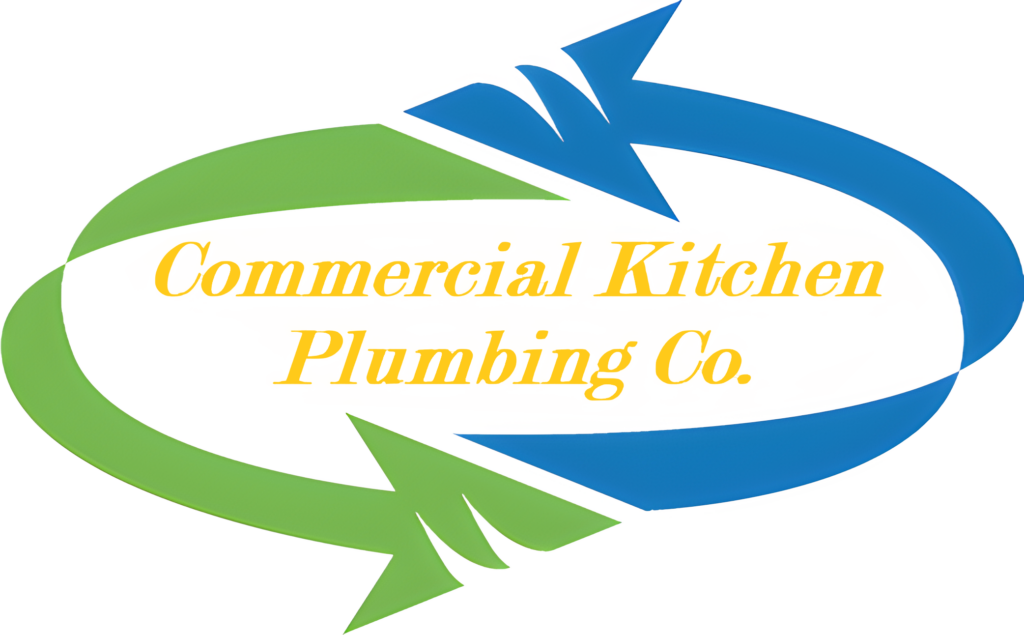Tacoma has made great strides in the last several decades working with local Food Service Establishments (FSEs) to develop policies to manage fats, oils, and grease (FOG). As is evident by its Municipal Codes and the Tacoma-Pierce County Health Department’s Best Management Practices for Restaurants, the City of Tacoma has demonstrated a commitment to keeping its sewers clean and obstruction-free. Like many cities in Pierce County, Tacoma has enacted strict comprehensive regulations regarding FOG management for FSEs. This includes the installation and maintenance of grease traps.
In accordance with TMC 12.08 and the City of Tacoma Fats, Oils, and Grease Program, all FSEs are required to install and maintain appropriately sized grease trap relative to facility size and grease production. The type of grease trap you can install, however, will vary depending on whether your restaurant is a newly constructed facility or a remodel of an existing establishment.
New Construction
Per the Tacoma Municipal Code, Grease Interreceptor & Sizing Policy, and the Uniform Plumbing Code, all New Construction FSEs that produce any amount of FOG MUST have “an appropriately sized” Gravity Grease Interceptor (GGI) installed. Hydromechanical Grease Interceptors (HGI) may be allowed in New Construction ONLY in instances when engineers have determined that a GGI is less effective in protecting the city’s sanitary systems.
Remodeled Existing Structure
Grease trap requirements for operational or structural changes at an existing Tacoma FSE tend to vary more than with New Construction FSEs. Depending on the scope of the remodeling, new or larger grease traps may need to be installed. Some factors that will determine the type of grease trap your facility will need include:
- Structural changes that increase seating capacity
- Structural changes that add a drive-through window
- Menu changes that introduce FOG-producing items onto a previously non-FOG producing menu
Depending on the scope of the remodeling, new or larger grease traps may need to be installed.
Maintenance Requirements
The frequency of cleaning will vary depending on FOG production and grease trap type.
- GGIs must be cleaned a minimum of twice a year.
- HGIs must be cleaned at least once a month.
Like many cities in the Puget Sound, Tacoma has mandated that if FOG exceeds 25% of ANY grease trap’s tank capacity or can be seen in the outlet pipe, maintenance is required.
West Coast Renewables has been handling the grease trap needs for the businesses of Tacoma since 2011! We not only fully clean out your grease trap each time it is serviced, but also keep extremely thorough documentation of your maintenance history to make sure your grease trap stays functioning and up to code. Let us be a part of your FOG protection plan. Call us today!




